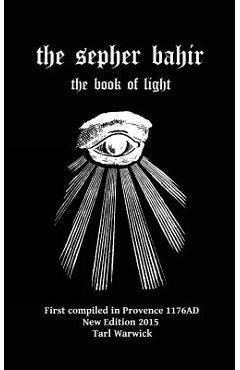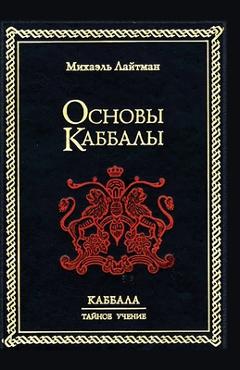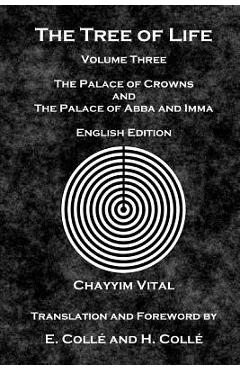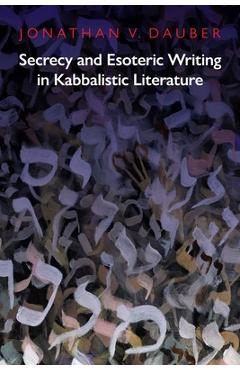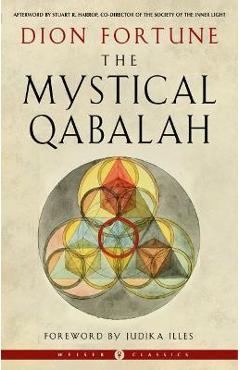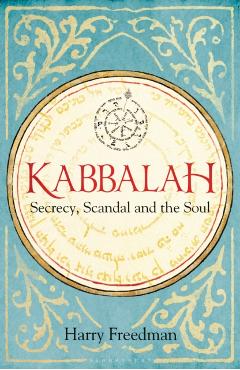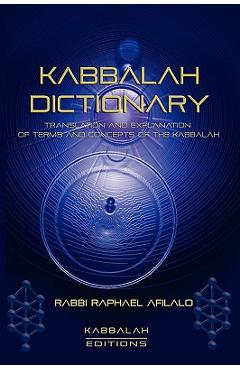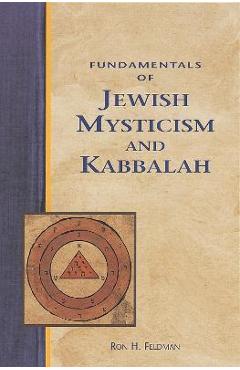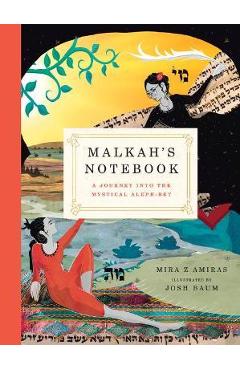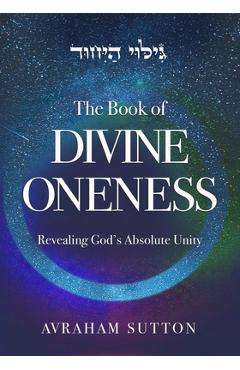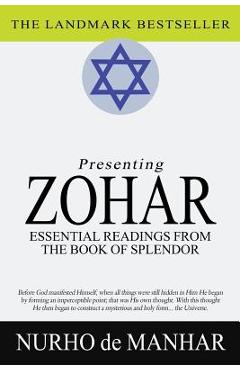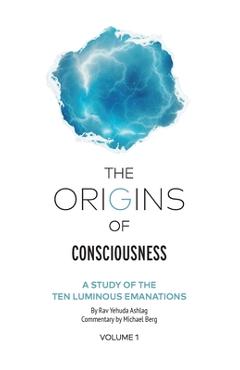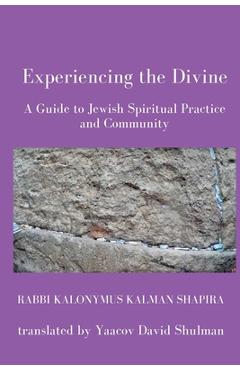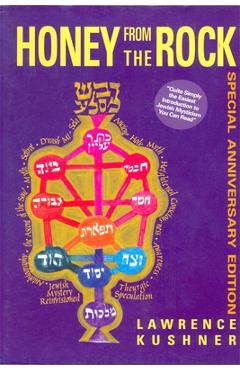WRITTEN IN 1913, JUST BEFORE THE OUTBREAK OF WORLD WAR I, RABBI ABRAHAM ISAAC HAKOHEN KOOK EXPLORES THE CONFLICT BETWEEN CHAOS AND ORDER. A deeply spiritual work, Rav Kook gives a theory of the nature of souls - explains based on Kabbalah and Jewish mysticism that there are souls of chaos and souls of order. It continues to intrigue and inspire spiritual seekers in our day. FROM THE INTRODUCTION: "The Souls of the World of Chaos" speaks specifically to the soul of the Second Aliyah, the second wave of immigration to Erets Yisrael in modern times. Typically, these founders of the kibbutz movement were young Russian Jews who espoused ideals of Socialism while rebelling against the traditional Jewish lifestyle and mores. Like any classic work of literature, this essay is of perennial value and continues to resonate throughout the ages, whenever there is a concerted breakdown of the established order and a new world order, yet hazy and ill-defined, looms on the horizon. Though Rav Kook witnessed a total shattering of the old and familiar, he remains resilient and uncannily optimistic-in stark contrast to most of his rabbinic peers. "But in truth, there is nothing to fear; only sinners, weak souls and flatterers fear and tremble." Rav Kook is confident that this very revolutionary power, a cause of consternation to many, will be appropriated by "the righteous, strong as lions, who will reveal the truth of the tikkun and the building." HOW SHOULD THE ORTHODOX COMMUNITY VIEW NON-RELIGIOUS MOVEMENTS? This is the question that confronted Rav Kook at the beginning of the twentieth century. Eretz Yisrael was torn between two worlds - religion and secularism, tradition and innovation, stability and disruption. Rather than reject these non-religious movements "root and branch" Rav Kook takes a conciliatory tone, arguing that the energy and dynamism of these "souls of chaos" must have a divine spark that can be elevated and redeemed in the proper way. This edition of The Souls of the World of Chaos is meticulously translated from the original Hebrew by Rabbi Bezalel Naor, who has also undertaken the formidable task of unpacking the Kabbalistic structures that inform the essay. The informative endnotes serve as an endless resource for Rav Kook's sources and influences, as well as additional illuminating anecdotes and stories of Rav Kook and other great Jewish figures. RABBI ABRAHAM ISAAC HAKOHEN KOOK (1865-1935) was the first Ashkenazi Chief Rabbi of Israel. In addition<










